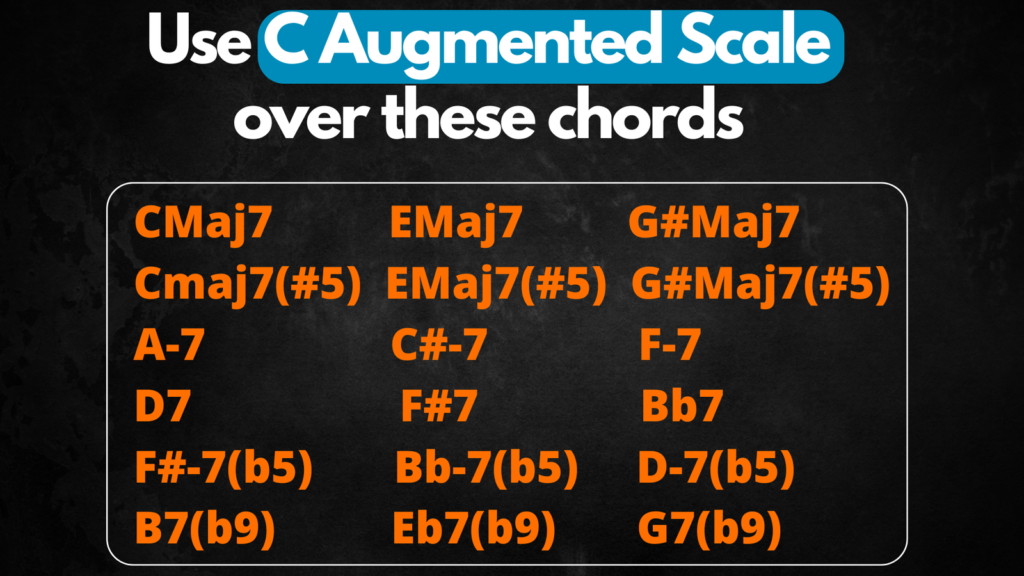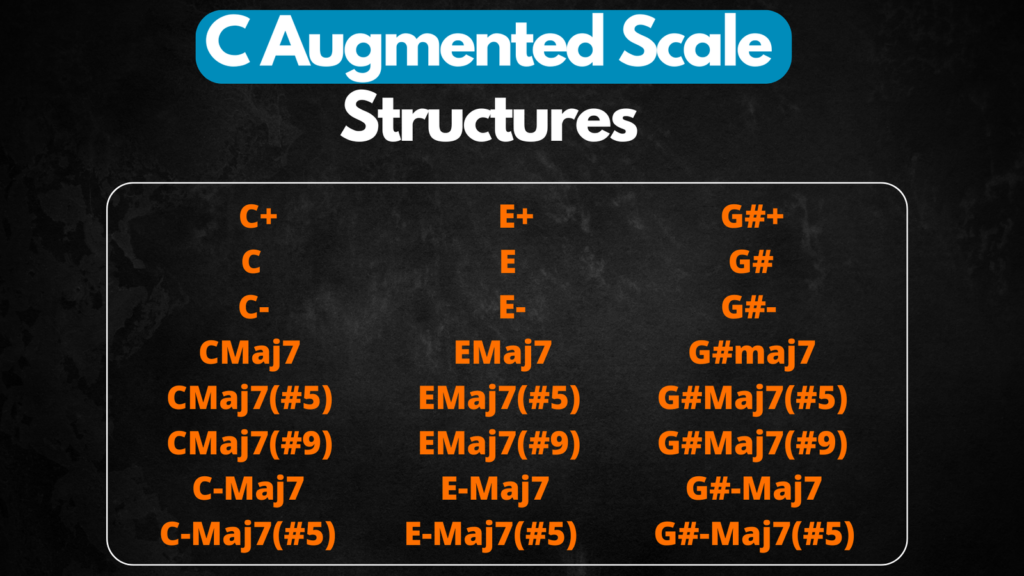What is the Augmented Scale?
The augmented scale is a six-note (hexatonic) scale that is built using a pattern of alternating minor thirds and half steps, making it both symmetrical and versatile. Another way to construct this scale is by combining two augmented triads separated by a minor third, often referred to as triad pairs.

A Brief History of the Augmented Scale
This scale has been used among legendary jazz players such as John Coltrane, Oliver Nelson, and Bill Evans. Guitarist Mick Goodrick introduced this scale to me, noting its popularity among horn players. Today, modern guitarists like Ben Monder, Kurt Rosenwinkel, and Tim Miller frequently use it in their playing.
Listening to the Augmented Scale in Jazz Records
Oliver Nelson’s “Hoe Down”
In the B section of this tune, Nelson uses the augmented scale to complement chords moving in minor thirds. It’s a perfect example of how the scale can fit harmonically.
John Coltrane’s “One Down, One Up”
Coltrane’s solo in this tune features the augmented scale over an augmented chord, demonstrating its expressive potential in jazz improvisation.

Theory Behind the Augmented Scale
The augmented scale is constructed using the following pattern:
Minor Third – Half Step – Minor Third – Half Step – Minor Third – Half Step
Example: C Augmented Scale
C – Eb – E – G – Ab – B

Building the Scale from Augmented Triads
The scale can also be formed using two augmented triads separated by a minor third. For example:
• C+ (C – E – Ab)
• Eb+ (Eb – G – B)
Playing the Augmented Scale for Jazz Guitar
We will be learning two shapes of the Augmented Scale for Jazz, which will help you improve your understanding and enhance your improvisation skills. One based on the root for the 6th string, and another for the 5th string.
C Augmented Scale with Root on the 6th String

C Augmented Scale with Root on the 5th String

Chords Compatible with the Augmented Scale
The augmented scale for jazz guitar can be applied over several chord types, such as Major 7th, Minor 7th, and Dominant 7th chords. Because of its symmetrical structure, each chord can transpose in major thirds, offering three possible keys for the scale’s application.

Using the Augmented Scale in a II-V-I Progression
A compelling application of the augmented scale is in both major and minor II-V-I progressions. Below is an example of how it fits over these progressions:

Structures Within the Augmented Scale
Understanding the internal structures of the augmented scale is essential for creating melodic lines. These structures in the key of C include:

Each structure transposes in major thirds, allowing for diverse melodic ideas.
Jazz Lines Using the Augmented Scale
Descending Major Triads in Major Thirds
Over this line we are using the C, Ab, and E Major Triads.

Triad Pairs: C+ and Eb+

Ascending Major 7th Structures
Using the 3rd inversion of a major 7th chord (without the 5th), ascending in major thirds.

Conclusion
The augmented scale is a powerful tool for jazz guitarists, offering unique melodic and harmonic possibilities. By mastering its shapes, compatible chords, and internal structures, you can unlock a world of creative potential in your improvisation.



